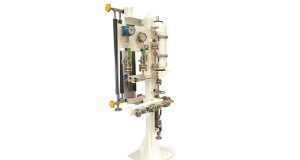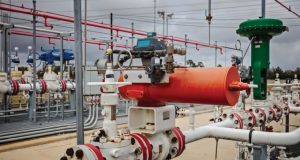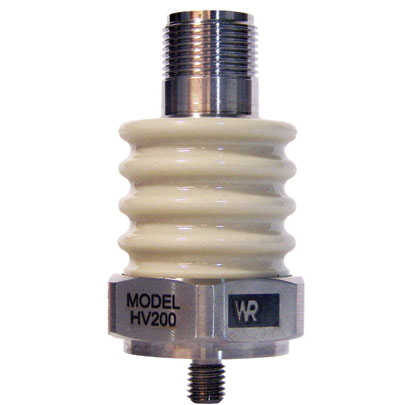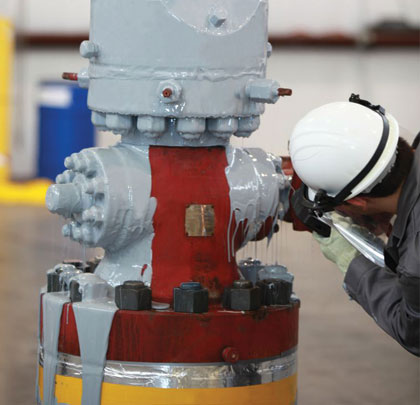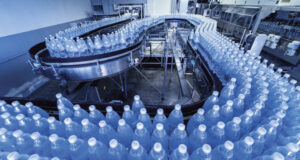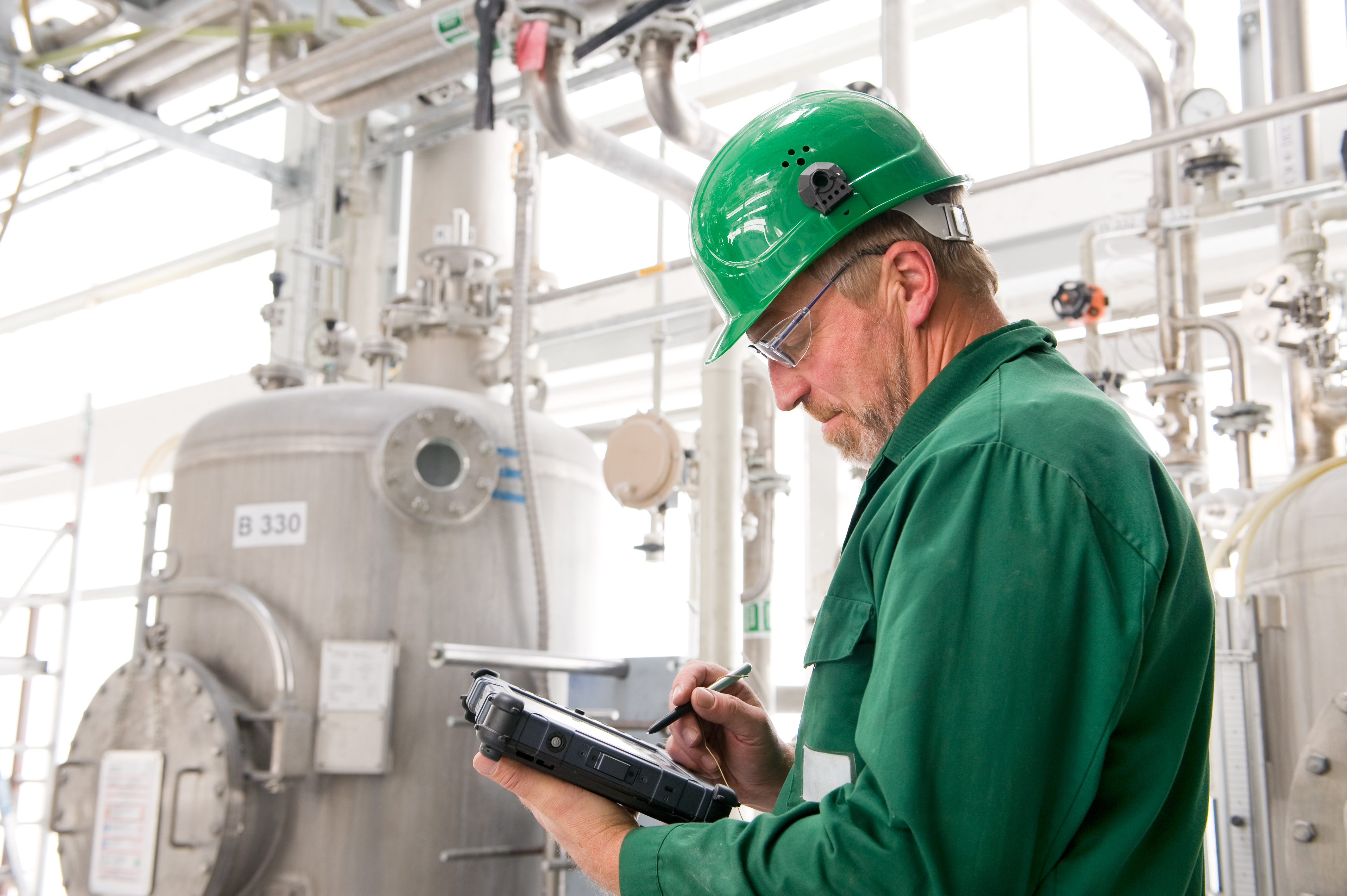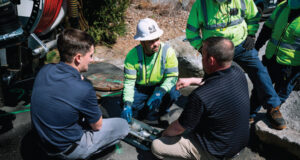Training reliability professionals and subject matter experts: Part 1 of 2
As in all professions, there are individuals who graduated near the top of their class, and others who graduated last. Rarely would we want...
I/O for the IIOT: Part 1 of 2
By Benson Hougland, Opto 22
In an era of increasing connectivity and technical capabilities, it seems like simple ideas should be, well, simple to achieve....
Process Pumps: Obstacles to Reliability
Figure 2: Modern Water Management Systems conserve valuable resources, achieve significant maintenance cost reductions, and greatly increase process unit profitability. Paybacks of less than...
Basic Pneumatic Circuits: Part 2 of 2
By Pat Phillips, AutomationDirect
In the first part of this series, we laid out the four basic pneumatic circuits as well as the prerequisites for...
Supply Chain Resilience: Part 2 of 3
see Part 1 here
In the first part of this series, we introduced how the vulnerabilities now exposed within lean manufacturing models are threatening supply...
Vibration Monitoring Considerations in High EMI Environments
Components of electrical machines are subject to thermal, electrical, ambient and mechanical stresses leading to degradation as materials lose strength over time. Condition monitoring...
Combatting Corrosion
Whether pumping slurries and by-products, oil and gas, or water and wastewater, the components that make up an industrial fluid handling system suffer a...
The importance of Adopting New Automation and AI Technology
In an increasingly automated world, the importance of digital transformation, IoT, AI, and Industry 4.0 has been recognized within a range of industries, and...
Precise Dimensioning of Pump Piping Systems
Atechnical animation that visualizes the synchronization of three Triplex process diaphragm pumps in different operating states was one of the highlights at Lewa's booth...
Sewer Maintenance: Handling the Toughest Blockages—Efficiently
By Del Williams
When municipal sewer or storm lines become blocked, the trouble typically began with a growth of tree roots that eventually stopped the...




